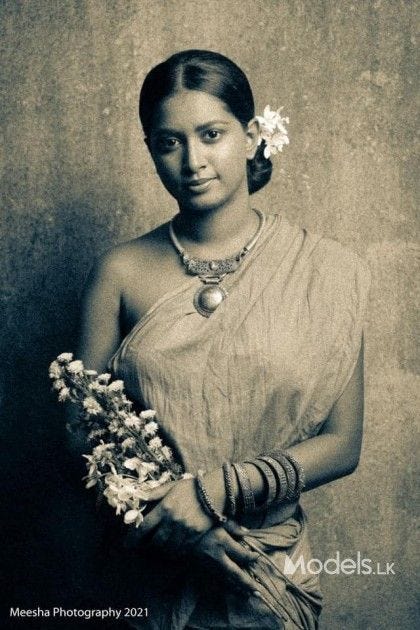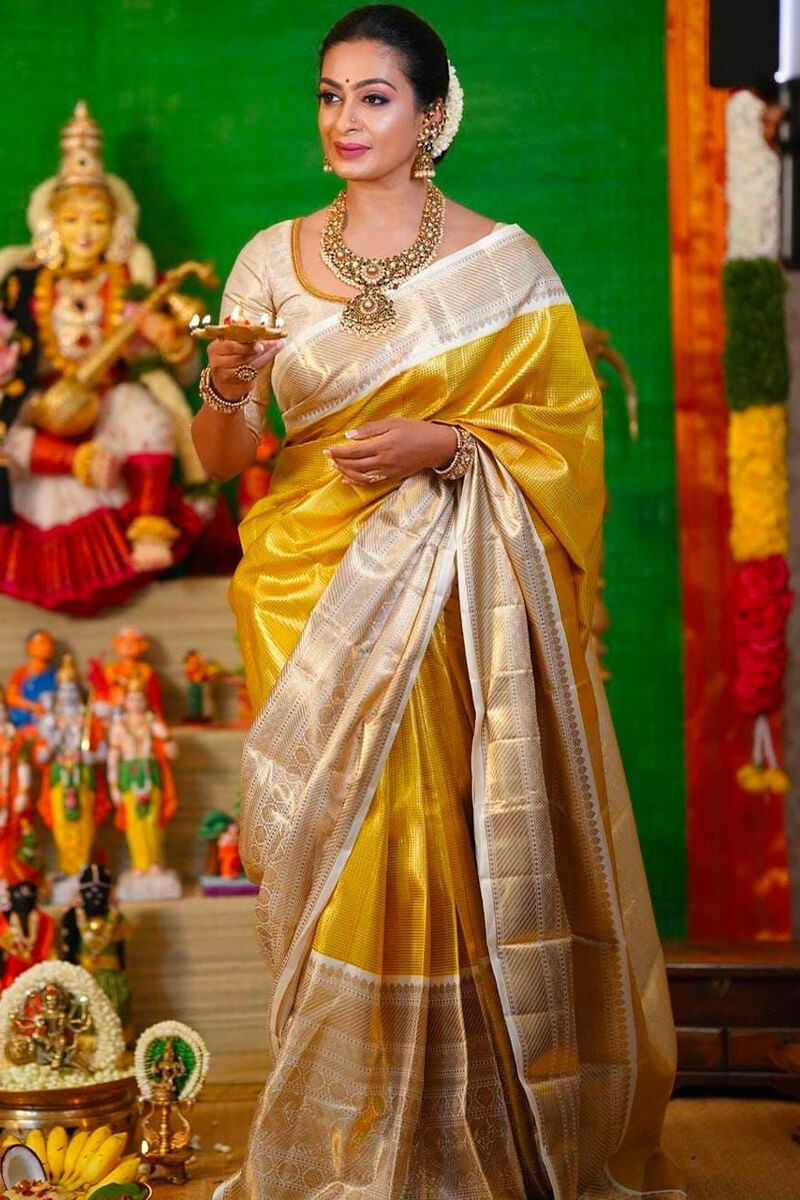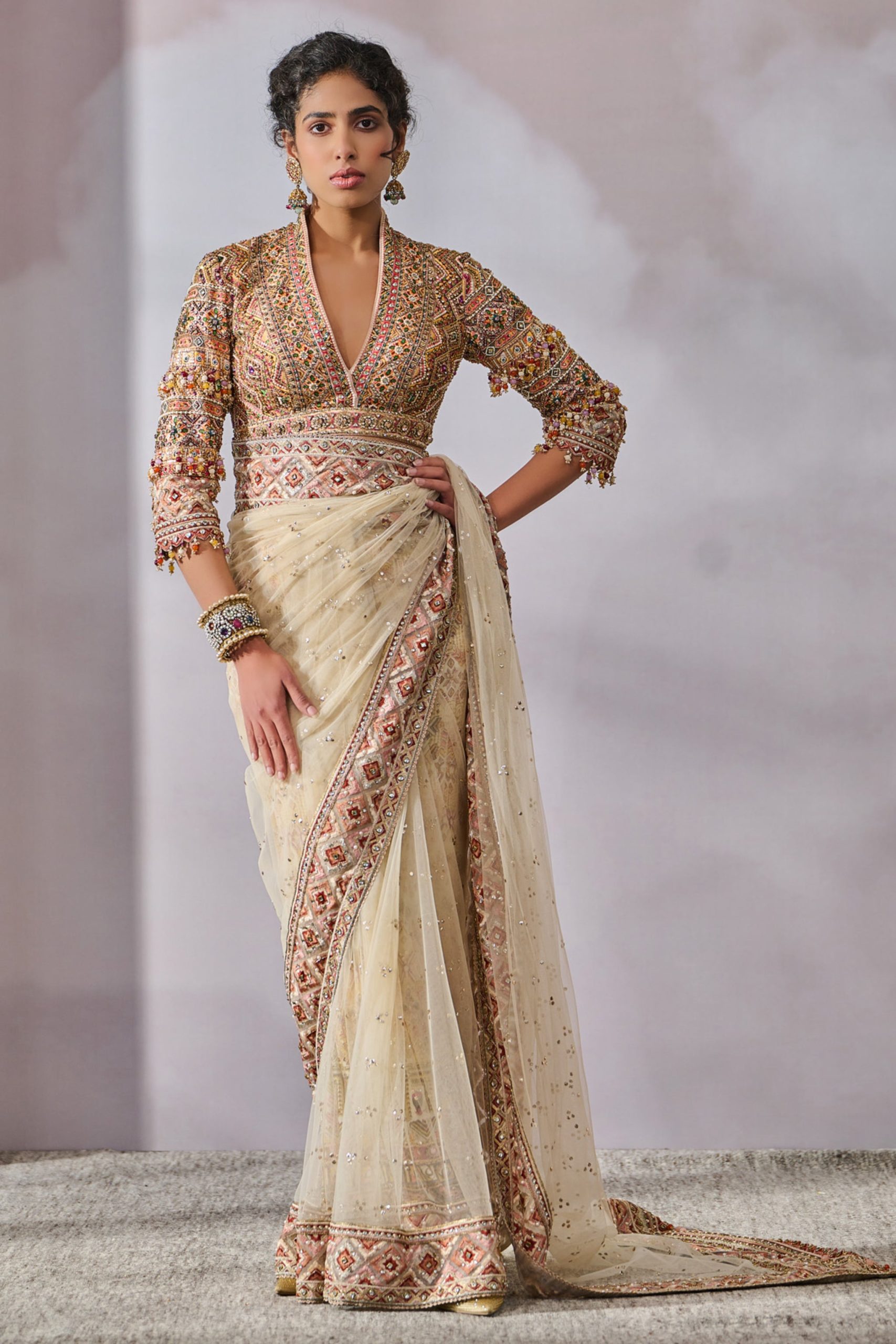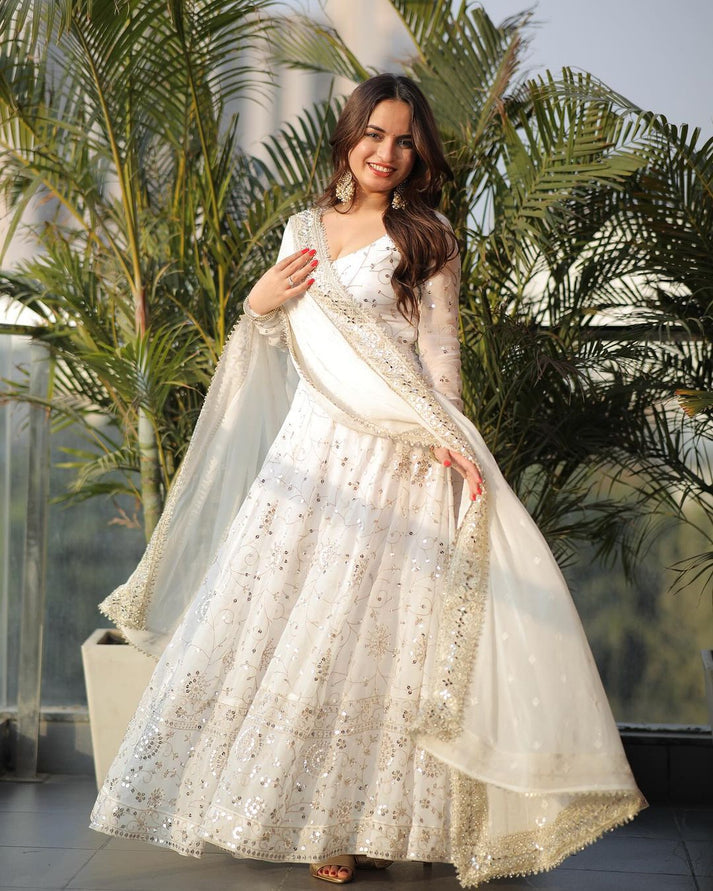Clothing is not only a piece of clothing, but a part of culture, history and identity. The evolution of ethnic wear makes it special among all other types of fashion in the world, as it combines both tradition and self-expression. In India, where culture is spectacular, ethnic clothes have become a classic mark of beauty, narrative and pride. Since times immemorial, the history of ethnic garments has been a fascinating one, combined with the runways of today.
We see ethnic clothing as the wearing of Traditions in Threads clothes that are fashionable as well. We will discuss some history of ethnic wear and how this has evolved throughout the centuries.
Ancient Roots of Ethnic Wear
The earliest records of clothing in India are related to the Indus Valley Civilization (around 2500 BCE). People wore loose and draped cotton garments, and one of the first materials cultivated in this land. Early draped fashions gave birth to the saree, a garment people proudly recognize as the royal attire of the ethnic world. It was versatile and adaptable and was able to survive thousands of years of cultural transformations.

Men then were in the habit of wearing dhotis or a large rectangle of cloth tied round the waist. Such clothing was convenient in the hot weather and represented fidelity and simplicity. As civilizations grew, individuals expressed social status, wealth and local identity through clothing.
Ethnic Wear During Dynastic Eras
Ethnic clothing became more elaborate as the kingdoms and dynasties blossomed. The garments during the Mauryan and Gupta periods started having elaborate designs, embroidery, and jewelry combinations. Clothing had ceased to be a matter of utility; it became an icon of glory.
Royal women wore sarees in elegant designs and most likely wore them with gold jewelry.

Noble men wore dhotis that had exquisitely embroidered angavastrams (shawls).
Ethnic fashion became even richer later, as the Mughals came to India (16th century). Mughal influence brought in anarkalis, lehengas and sherwanis, heavy embroidery, zari and the use of expensive fabrics such as silk and brocade. These royal clothes formed the background on what we currently celebrate as wedding and celebratory apparel.
Regional Diversity and Ethnic Identity
The most interesting feature of ethnic wear is that it reflects the diversity of India. Every part of the world invented its own style of clothing, which depended on climate, resources, and culture.
- Tamil Nadu kanjivaram silk sarees took the identity of a southern royalty.
- Varanasi banarasi sarees became known because of gold and silver brocade.
- Colorful handwork was present in Phulkari embroidery of Punjab.
- Tie-dye arts brought color to Bandhani of Gujarat and Rajasthan.

This local diversity changed the ethnic clothes as fashion as well as a cultural identity that reflects the values, traditions, and design of the people.
Colonial Influence on Ethnic Fashion
Colonial time (18th-20th century) was connected with the great change. The British brought in sewn clothes, blouses and western tailoring. It is a fact that sarees and kurtas remained popular, but new blends were introduced. As an example, women started to wear petticoats and blouses with the sarees, which is still the standard style nowadays.

Men also started trying fusion wardrobe, i.e. mixing the kurt with coats or matching dhotis with the western jackets. It was the period when the ethnic fashion started to adapt to external influences and preserve its essence.
The Post-Independence Ethnic Revival
Ethnic clothing was a way to show pride and culture after India gained its independence in 1947. Designers started experimenting with old fabrics and methods of weaving and introducing them into the mainstream fashion industry. Bollywood contributed significantly to the popularization of ethnic clothes–heroines wore sarees, anarkalis, and lehengas, and it became a goal of any Indian woman in the country.

The fusion trend gained some momentum in the late 20th century. Women began to wear kurtis with jeans, men to wear ethnic jackets with trousers. Ethnic clothes ceased to be a rite or a festival and became a way of life.
The Ethnic Wear in the Modern Era
Evolution of ethnic wear has become an international fashion today. Sarees, kurtis, and lehengas do not remain confined in Indian households anymore: designers wear them on global runways, red carpets, and festivals. Fashion designers use new styles alongside older fabrics to create the clothes that people consider as contemporary but in honor of the past.
- Fusion Lehengas used with crop tops are a rave among the young women.
- Kurti-palazzo sets are comfortable and stylish to wear on a daily basis.
- Italian gowns with western outlines are mixed with local embroidery.

The splendor of contemporary ethnic fashion is that it can be as easy as a cotton kurti to put on in the office or as extravagant as a bridal gown embroidered with lots of gold.
Why Ethnic Wear Continues to Thrive
The evolution of ethnic wear shows that fashion may shift, but the people never forget about tradition. This does not mean that people have stopped wearing ethnic clothes:
- Connection with the culture –Ethnic dressing makes us go back in time.
- Flexibility –Ethnic garments are versatile, and this is the reason why people wear them in informal, party, and work-related environments.
- Classicness- Ethnic wears are not fashionable like fast fashion and they will never be out of fashion.
- Cross-Generational Value – Since the young girls to the grandmothers, everyone can adopt ethnic wear.
This balancing skill is what makes ethnic wear to be in the place to stay.
Final Thoughts
The journey of the evolution of ethnic wear is an Indian story, full of richness, diversity, transformation, but also tradition. Ethnic clothes have expanded and at the same time managed to maintain their cultural value, whether it be the cotton drapes of the Indus Valley, the silk sarees of the royalty, the Mughal-era lehengas, or the Indo-western outfits nowadays.
Traditions in Threads, We, Traditions in Threads have accepted this change that includes the collections that represent the old and the new beauty. Be it a time-honored saree, fashionable kurti or a blend between the two, our outfits will enable you to be proud of the tradition as well as shine in the world we live in at present.
✨ Ethnic wear is not just clothing—it’s history, identity, and timeless style woven into every thread.
